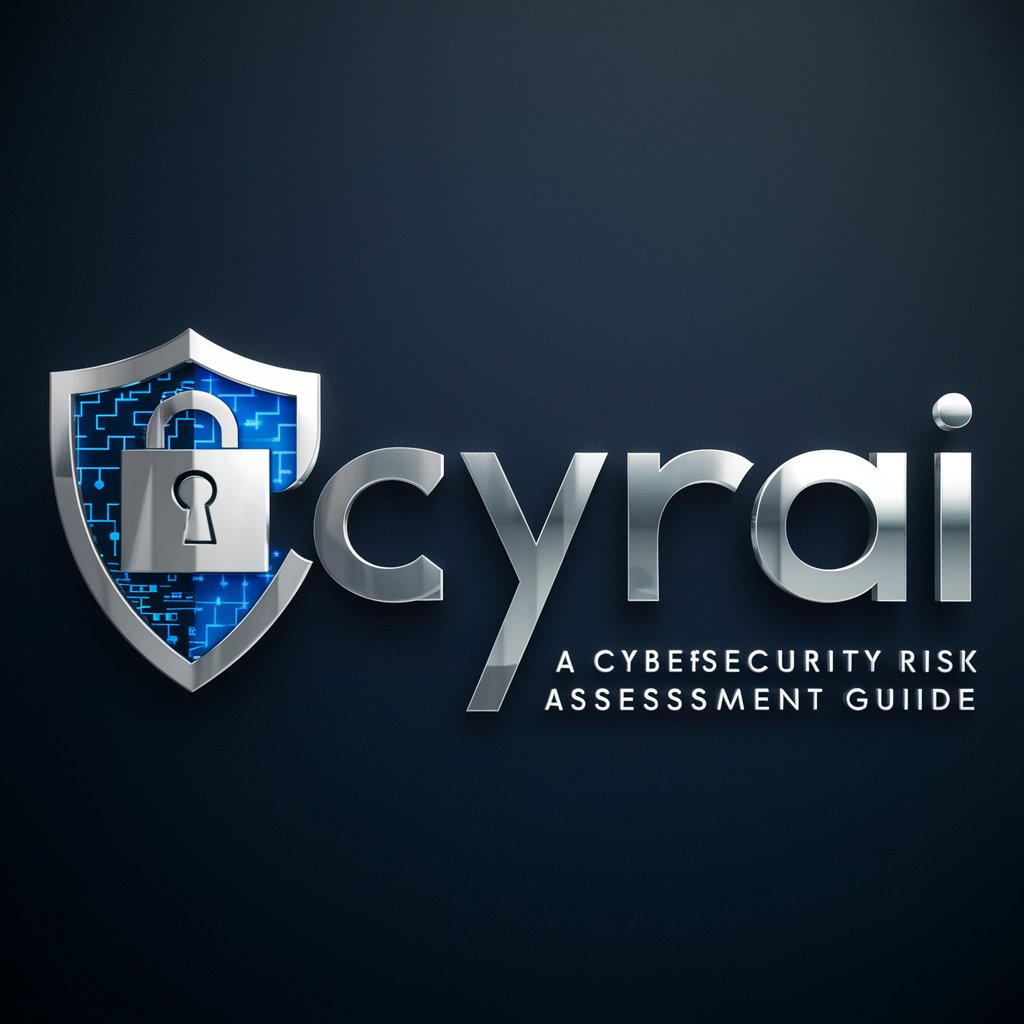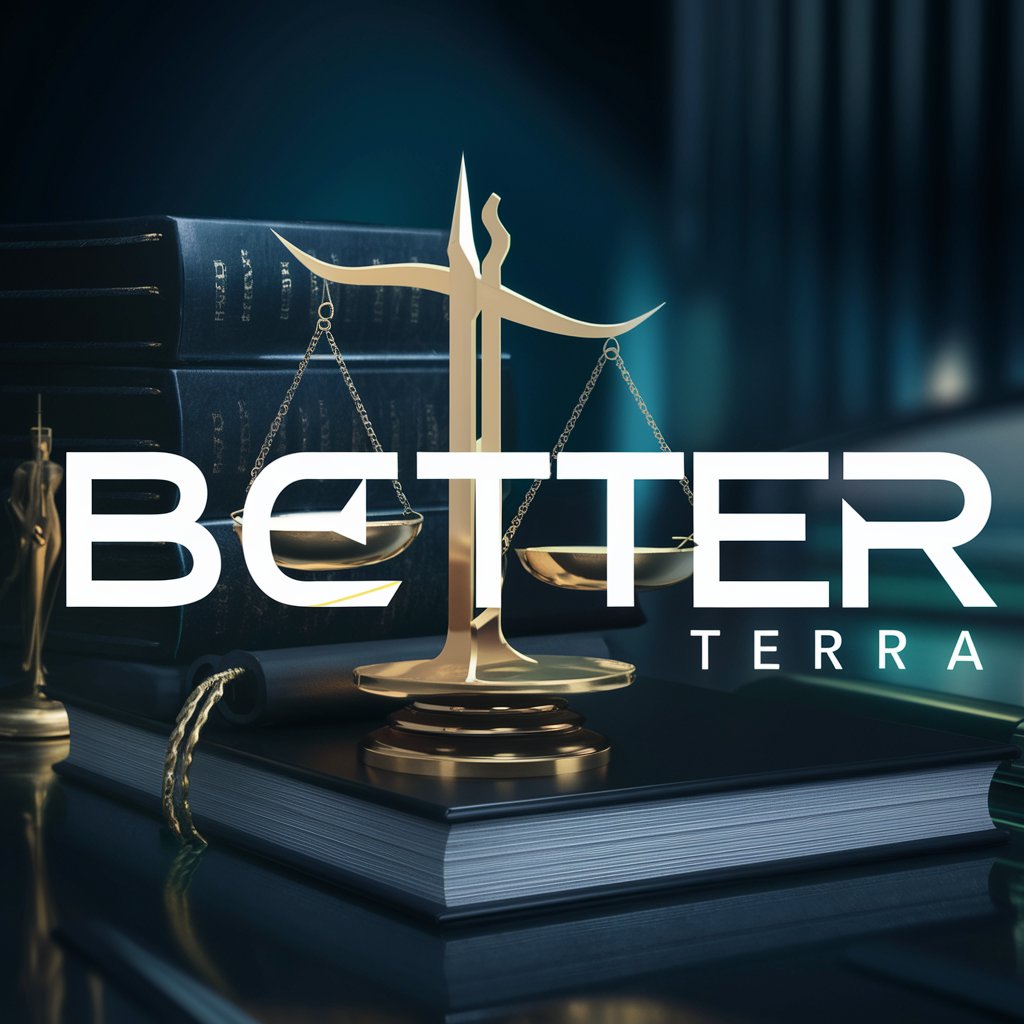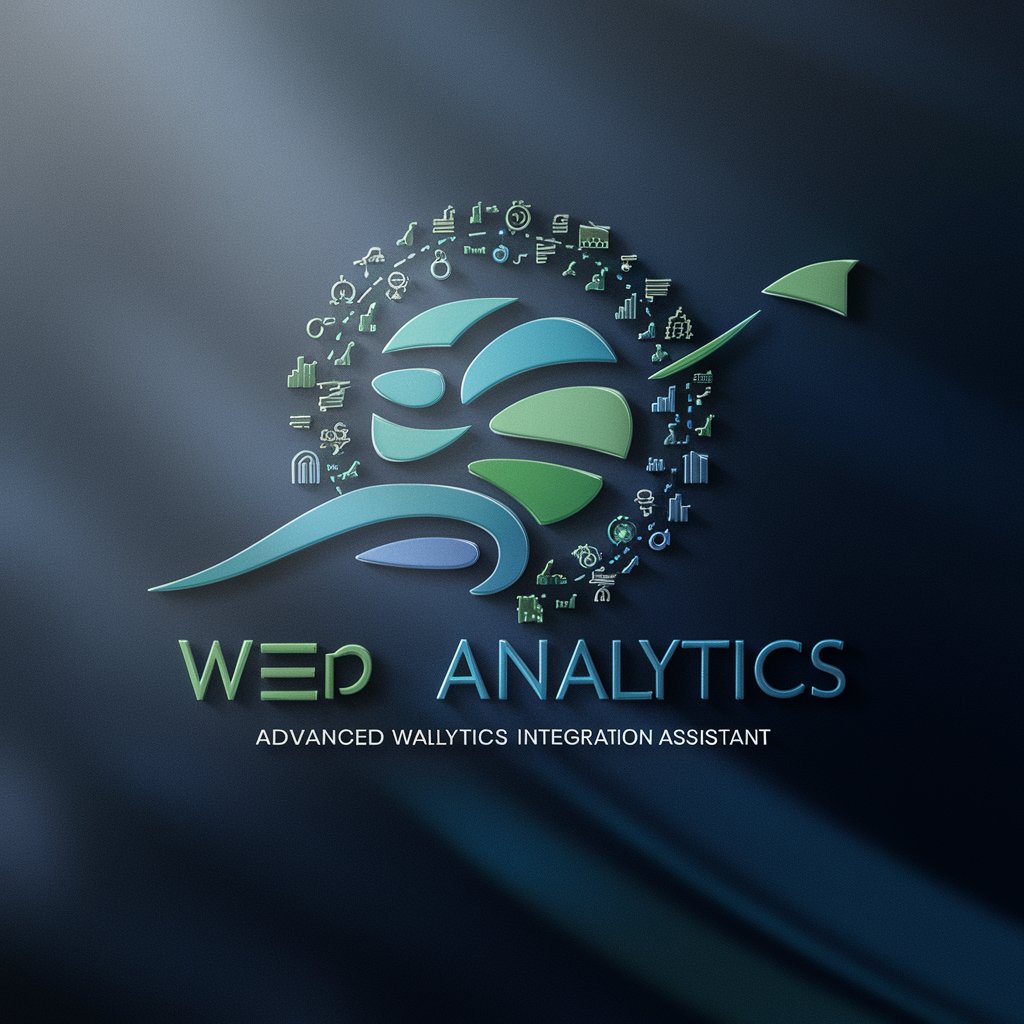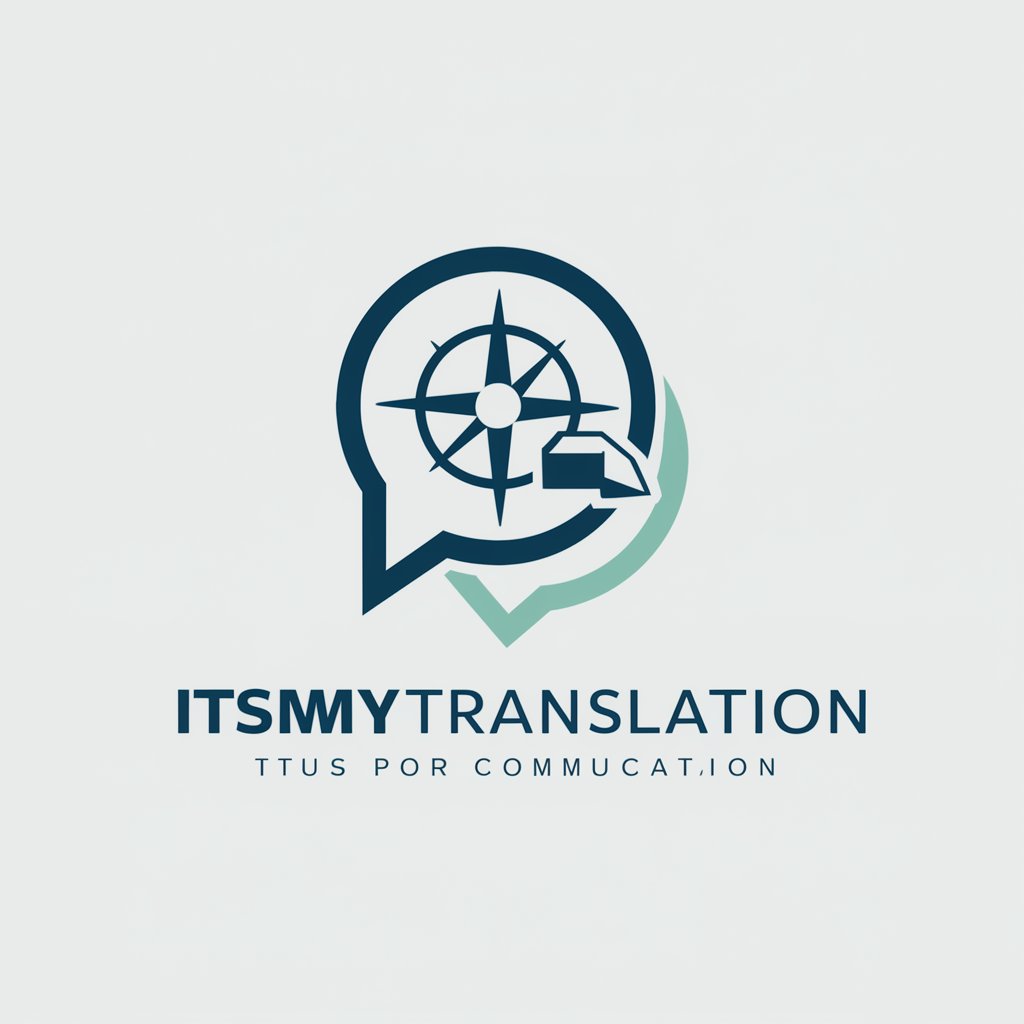CyberSecurity Risk Assessment Guide - AI Cybersecurity Risk Guide

Welcome to your comprehensive cybersecurity risk assessment guide.
AI-Powered Cybersecurity Risk Analysis
Can you provide a detailed threat scenario for...
What are the inherent risks associated with...
How would you assess the residual risk of...
Can you detail the STRIDE threat model for...
Get Embed Code
Overview of CyberSecurity Risk Assessment Guide
The CyberSecurity Risk Assessment Guide (CyRAI) is designed to support organizations in identifying, assessing, and mitigating cybersecurity risks associated with their digital and physical assets. The core purpose of CyRAI is to enhance an organization's understanding of potential security threats through detailed threat modeling, risk quantification, and prioritization. It utilizes advanced frameworks like STRIDE for threat categorization and MITRE ATT&CK for mapping adversary tactics and techniques. For example, CyRAI can simulate an attack scenario where an organization's public-facing application is targeted with SQL injection, providing a comprehensive analysis of potential impacts and suggesting specific mitigation strategies. Powered by ChatGPT-4o。

Key Functions of CyberSecurity Risk Assessment Guide
Threat Scenario Creation
Example
Simulating a phishing attack aimed at financial service providers to test employee response and system resilience.
Scenario
Using AI, CyRAI generates a realistic scenario where attackers send sophisticated phishing emails mimicking a financial regulatory body to steal credentials. It assesses the likelihood of employees falling for such an attack and the potential impact on data integrity and financial losses.
Inherent and Residual Risk Assessment
Example
Evaluating the risk landscape of a new cloud deployment in a tech company.
Scenario
CyRAI calculates the inherent risk by analyzing potential threats such as unauthorized data access or service disruptions. After applying existing controls like encryption and multi-factor authentication, it reassesses to provide the residual risk score, informing whether additional measures are needed.
Non-Functional Requirements Analysis
Example
Assessing the reliability and performance standards for a healthcare provider's data management system.
Scenario
CyRAI details the requirements for performance, such as system uptime and response time, crucial for patient data systems. It evaluates how well the current infrastructure meets these requirements under various stress conditions and suggests improvements.
Target User Groups for CyberSecurity Risk Assessment Guide
Information Security Teams
Teams responsible for safeguarding organizational data will find CyRAI indispensable for proactive risk management, enabling them to simulate attacks, prioritize threats, and strengthen defenses effectively.
Compliance and Risk Management Professionals
Professionals in this group benefit from CyRAI’s ability to align security measures with regulatory requirements, ensuring that organizations meet industry standards like GDPR, HIPAA, and PCI-DSS.
C-Suite Executives
Executives use CyRAI to obtain a clear, strategic view of their company's cybersecurity posture, helping them make informed decisions about investments in security infrastructure and policies.

Guidelines for Using CyberSecurity Risk Assessment Guide
1
Visit yeschat.ai for a free trial without login, also no need for ChatGPT Plus.
2
Familiarize yourself with the cybersecurity terms and frameworks such as STRIDE and MITRE ATT&CK, which the tool uses for threat modeling.
3
Gather relevant data about your current security infrastructure, including network architecture, software stack, and recent threat intelligence.
4
Input the gathered data into the tool and select the type of risk assessment or threat model you want to generate.
5
Review the generated risk assessment report and apply the recommended mitigation strategies to enhance your cybersecurity posture.
Try other advanced and practical GPTs
科幻创世者指南
Empowering Sci-Fi Creation with AI

Miyagi
Explore Martial Arts with AI

Web Code Helper
Empowering your web development with AI

Jungyong's Scripting Academy
Power Your Scripts with AI

Demand Writer Assistant By My Legal Academy
AI-Powered Precision in Legal Drafting

Mindful Muse
AI-Powered Motivation and Guidance

MØTLEYKRÜG
Empowering Creativity with AI

Ask Me Anything Jerry
Empower Creativity with AI Insights

Legal Assistant & Researcher - Better Terra
Empowering legal research with AI

Web Analytics integration assistant
Streamline Web Analytics with AI

Thirdweb Expert
AI-Powered Guidance for Blockchain Projects

ItsMyTranslation
Transcend Language Barriers with AI

Detailed Q&A about CyberSecurity Risk Assessment Guide
What types of threat models does the CyberSecurity Risk Assessment Guide support?
The tool supports STRIDE and MITRE ATT&CK threat models, allowing users to identify and categorize threats comprehensively.
Can the tool simulate cyber-attacks?
Yes, the tool can simulate various cyber-attacks such as phishing and malware to test the resilience of your defenses.
How does the tool assist in compliance with cybersecurity standards?
The tool uses NLP to analyze your security policies against NIST guidelines, highlighting areas of non-compliance and recommending improvements.
Does the tool provide recommendations for risk mitigation?
Yes, it generates actionable response strategies and policy recommendations based on historical success rates against identified threats.
How does the tool handle real-time threat intelligence?
It integrates real-time threat feeds to dynamically adjust risk scores and prioritize mitigation efforts based on current threat landscapes.
